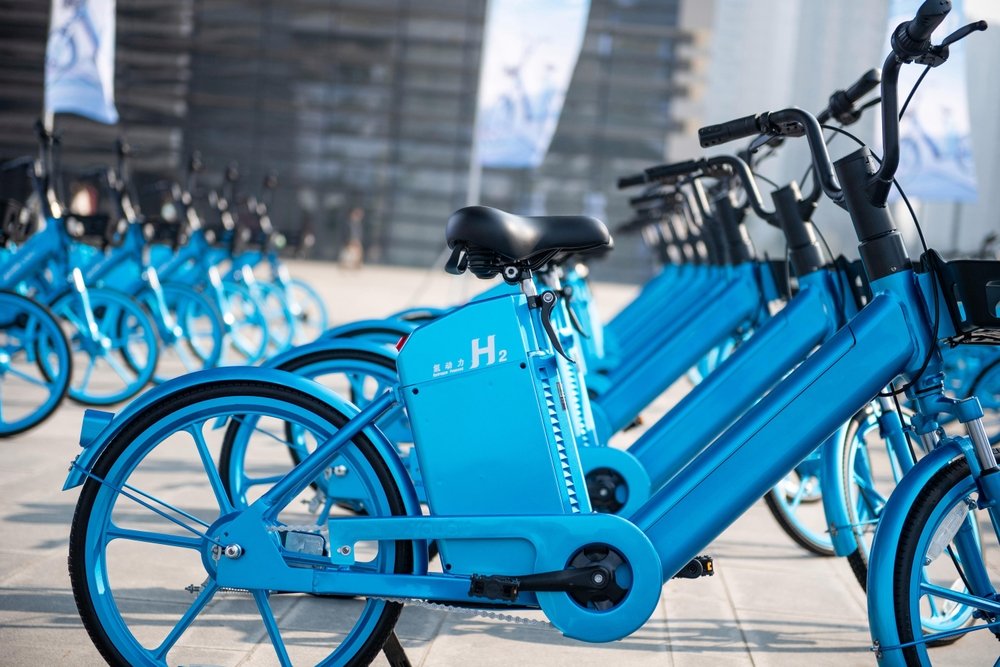The sports industry is one of the best sectors in promoting and supporting the green movement, as many people are interested in it, especially the youth. This sector may not always be perceived as a great contributor to the carbon footprint, but it still has a sizable share of the destruction of the environment.
It’s predicted that sports will not be as hyped 30-50 years from now due to climate change. People will prefer to stay at home due to the rising temperature and poor air quality. With this, there’s a stronger call to achieve sustainability in the sports industry so that future generations can still enjoy it.
Initiatives towards Sustainability in the Sports Industry
As people are becoming aware of the effects of global warming, here are practical, actionable, and environment-friendly initiatives towards sustainable solutions to help the environment.
Lessen the Environmental Footprint of Sporting Venues
Athletes spend most of their time training; thus, sporting facilities must also be considered, as even simple activities within may leave an environmental footprint. The creation of stadiums and other sports places takes part in leaving a carbon footprint. It destroys the natural habitat of species, and some construction processes have a negative impact on the different environment.
Apart from the creation of stadiums or sports houses, the use of energy from the grid to power these spaces also leaves a carbon footprint. How can sports be officiated if there’s no venue? To make sure that sports places are still compliant with green efforts, here are the ways by which sustainability in the sports industry is achieved:
- As part of the athletes’ training, they can have outreach activities such as Earth Day, where they can plant trees or clean the surroundings. In this way, they are helping the environment while being physically active. One day off the venue also saves a lot in terms of the utility bill.
- To reduce the need for more sports places, sharing of facilities is encouraged, and it ensures that these spaces are in productive use at all times.
- New sports facilities use LEED certifications to comply with green building design.
- The installation of renewable energy sources such as solar panels.
- Sports facilities that practice sustainability reflect that they’re into the green movement by adding a green wall, green roof, recycling rainwater, etc.
Reduce the Carbon Footprint In Sport-Related Travel
One of the biggest contributors to the carbon footprint in sports events is the transport of fans and different teams to the venue. In the South Africa World Cup 2010, the 2014 FIFA World Cup in Brazil, and the 2016 Rio Olympics, it’s reported that over 11 billion pounds of coal emitted almost 10.5 million of Carbon Dioxide. They usually take the bus or the plane back and forth, which greatly emits carbon dioxide.
To deal with it, here are the ways by which organizers strategically organize sports events.
- Preliminary and final rounds are mostly conducted in an area accessible to most teams to reduce long travel time.
- During travel, the use of sustainable forms of transportation is encouraged. Instead of using personal cars, the use of public transportation like buses is utilized to cater to more heads.
- If air travel is needed, it’s advisable to book non-stop flights since airplanes release more carbon dioxide during landing and take-off. If a non-stop flight is impossible, opt for an itinerary that has the least stops.
- Stay at eco-friendly hotels. There are more hotels nowadays that are shifting to going green. You may visit their website to check their eco-friendly practices. Organizers usually book accommodation near the sports venue. It’s a less hassle move since athletes no longer have to commute, which is an excellent way to lessen their carbon footprint.
Sustainability in the Sports-Related Merchandise
Sporting teams usually have merchandise that they sell or give away, such as shirts, caps, mugs, model toys, etc. Just like building stadiums and sports venues, creating these products requires processes that may negatively affect the environment. Here’s how the sports sector practices green efforts in releasing its merchandise to the public:
- Teams collaborate with brands that practice environmentally-sound procedures where they use recyclable materials in their operation.
- Sustainable materials are utilized. The most common sustainable materials are the ones made from bamboo, coconut, repurposed fabric, recycled paper, etc.
- Giving promotional items such as banners, flyers, posters, and even tickets is now limited. All of these can be digitized to lessen the use of paper and other materials used in its production.
Conclusion
Achieving sustainability in the sports industry and implementing the green movement is attainable through simple efforts, but it requires commitment and consistency. Many people are drawn to sports, so it’s the ideal platform to raise awareness about the importance of caring for the environment. The main goal is to ensure that future athletes can still do sports outdoors with the optimum temperature and fresh air.










